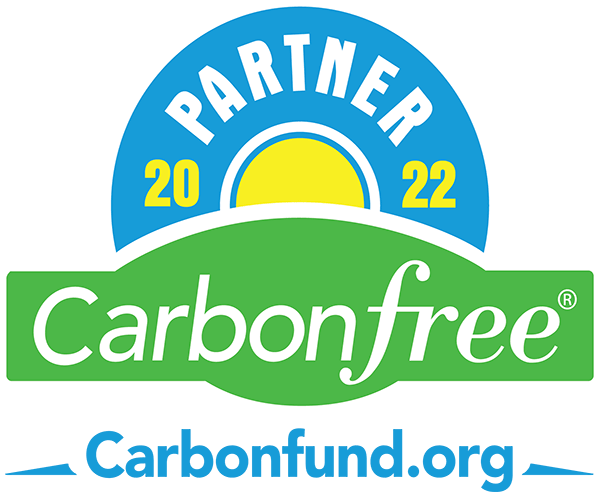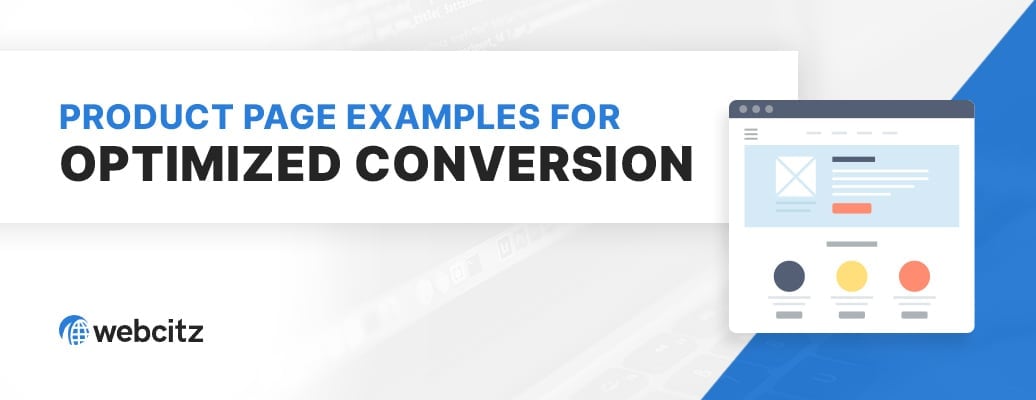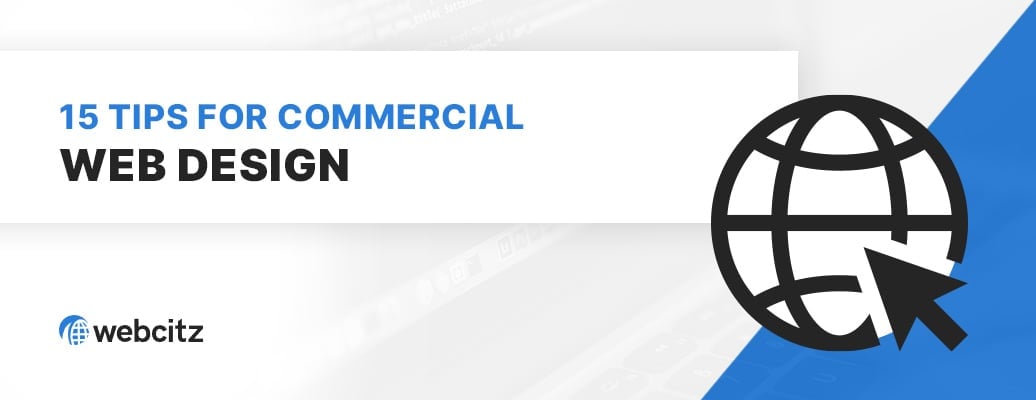Our Web Design Services
We are a full-service web design company with a large staff of in-house website designers. Our website design team is separated into two groups, each focusing on either custom or template web design services.
1.) Template-Based Website Designs
If the cost of a custom website isn’t within your budget, we offer template-based websites that can save you money!
Instead of creating design mockups and building your website in a custom theme, we’ll hand-pick several website templates that closely match your desired look and feel. Don’t worry though, you’ll be able to select your desired template for us to install on your development site. From there, we’ll customize the template to match your color scheme and load your content into the template’s layout options.
2.) Custom Website Designs
As a custom web design agency, we prefer to start every website project from scratch.
This allows our team to design custom mockups specific to your branding requirements, to show you the look and feel of your future website before web designers start their work. Best of all, those mockups can be revised until you’re happy with the design concept and are ready to move forward.
After you approve the custom web design mockup, our web design team will integrate it into a completely custom theme. There are many benefits to a custom theme, including a simplified codebase that often has better page speed and usability since it was designed specifically for you.
A Few of Our Experts





Determine the Goals of Your Website
It’s important to understand what your goals are before hiring a custom web design company. These are the most common goals we hear from clients interested in a custom website:
- To build a website for a new business.
- To redesign an existing website that is either broken, has outdated content, or isn’t mobile-friendly.
- To improve user experience (UX), reduce bounce rate, increase time on site, or improve conversions.
- To improve the website’s speed, possibly even to pass Google’s Core Web Vitals.
- To fix website accessibility issues, or perhaps receive a web accessibility certificate.
- To improve lead generation capabilities by having better landing pages that delivers more online contacts.
We have the necessary experience to deliver on such goals! If you’d like, give us a call at 800-796-8263 to discuss more. From there, we can help you determine the best CMS platform for your custom web design project!
Website Design Cost Calculator
Answer a few questions to see estimated pricing, then call 800-796-8263 or send us an email to get started!
Choose The Best CMS Platform
Most websites on the internet are built within a Content Management System (CMS) to make it easy for the website owner to modify the website after it is launched. We have experience in WordPress, Joomla and Laravel, but for new custom web designs we almost always recommend WordPress.
WordPress has a market share of more than 40% of all websites on the internet that use a CMS. That is the main reason we choose to specialize in WordPress – it is simply the most popular platform you can choose for your website. The following reasons make WordPress the best platform for designing custom websites.
Benefits of WordPress for Your Custom Website
- There are thousands of plugins you can install to add custom functionality.
- There is a large community of contributors (web designers & developers) who help improve functionality, stability, and security.
- There are thousands of web agencies and freelancers who work with WordPress, making it easy to find a local web designer.
6 Questions to Ask a Custom Website Designer
Before hiring a custom web design company, or even a freelance website designer, you should consider asking a few questions that will help you better understand the type of website you will receive.
Here are a few of the most common questions we get asked by businesses looking for a custom web designer:
1.) Do you outsource your custom website design services?
WebCitz does not outsource website design project, whether they are custom or template-based websites.
2.) Do you create 301 redirects for URLs that change during a redesign?
WebCitz always creates 301 redirects to help preserve search engine placements after the launch of a new website.
3.) Do you create mockups before starting web development work?
WebCitz creates mockups for custom web design projects that are not started from a template.
4.) Which CMS platform do you recommend?
WebCitz often recommends WordPress.
5.) How fast is the turnaround for your custom web design services?
WebCitz often launches custom websites within 8-12 weeks, and template-based websites within 2-3 weeks.
6.) Do you have reviews, testimonials, or references?
WebCitz has been in business for 21+ years, which means we have plenty of references to share!
Our Custom Web Design Process
With more than 21 years of experience in custom web design, we have a solid understanding of how to build a successful website!
1.) Initial Conversations
The first step in the web design process is to understand your company or organization, and the reasons you are looking for a new website. This will help us understand the best CMS platform to recommend, whether you need a custom or template-based design, how many pages you’ll need created, what type of functionality you require, and more.
2.) Kickoff Meeting
After you’ve chosen our web design agency, we’ll schedule a kickoff conversation. This will introduce you to your project managers, and possibly one or more of our web designers.
If you chose a custom web design service, we’ll discuss the creation of design mockups with you. Alternatively, if you chose a template web design service, we’ll discuss your preferred design styles to help us find and suggest a few website templates for the project.
3.) Design Approval
After you approve your design mockup (for a custom website), or your website template (for a template-based website), we’ll get time scheduled for a web developer to begin your project!
4.) Website Build
The website building phase often takes the longest to complete.
In a custom web design project, this is when we’ll start integrating your approved design into a custom theme, laying out your website content, adding in any custom functionality, etc.
For a template-based website project, this is when we’ll install your theme, remove demo content, add your actual website content, match the color scheme to your branding, and perform other tasks within the project.
This work is typically always performed on a password-protected staging environment. If you have an existing website, it will not be taken offline while we work on a new website for you.
5.) Website Launch
After your website is finished, we’ll schedule a launch date that’s convenient for everyone involved. If you would like training on how to edit content on your website, we’d be happy to schedule that before or after the launch of the website.
You’ll be happy you chose to work with our custom web design team!
Related Services to a Custom Website Design
A successful custom website for your small business or large corporation involves more than just the website. Here are some additional services to help you make the most of your custom website:
- Website Maintenance: If you’d like help maintaining your website, such as adding new pages, updating web banners, changing out images, or anything else just let us know! We offer website maintenance services to help with any post-launch website updates you need.
- Website Management: If you’d like help keeping your website platform updated bi-weekly, monthly, or quarterly you might be interested in our website management services. Through a managed website service, we’ll proactively update your website, scan for broken links, check for performance issues, and perform remote backups.
- Ecommerce Development: If you’d like to sell products or services on your website, you might be interested in our ecommerce development services. We have a team of ecommerce website developers skilled in the WooCommerce and Shopify platforms.
- Custom Programming: If you’d like help developing custom functionality for your website, within PHP, JavaScript, or Vue.js, you might be interested in our custom web development services. We have a lot of experience leveraging the latest web programming technologies to produce feature-rich web applications.
- Digital Marketing: If you would like help improving traffic or conversions within your website, our digital marketing strategies may be of interest. We offer a full range of website marketing services, including search engine optimization, PPC management, conversion rate optimization, lead generation, email marketing, and more!
- Web Hosting: If you’d like help with website hosting, we can set you up with a shared web hosting account on our own line of dedicated servers. All of our web servers support LiteSpeed Cache to help you get impressive page speed within your WordPress website!
No matter what your business or organization needs for its website, you’ll find our custom web design agency offers it!
Web Design FAQs
How much does a new website cost?
The starting price for a template-based, non-ecommerce website built in WordPress is $3,750. If you need design mockups built into a custom theme, our starting price increases to $9,500.
The starting price for a template-based, ecommerce website built in Shopify or WooCommerce is $6,000. If you need design mockups built into a custom ecommerce theme, our starting price increases to $24,000.
The main contributors to cost increases include premium design requirements, custom functionality, and data migration.
How long does it take to build a website?
The average turnaround time for a project is 1-3 months, but the pace is set by the client. This relates to how much input you can provide during the initial stages, your availability for feedback, and how soon the content is available. The complexity of the site may also play a role – more complex sites will require a longer development period.
Do you only create WordPress websites?
We mostly just use WordPress and Shopify for new website projects, but we also have experience in Joomla, Laravel, and BigCommerce.
Should I hire a local web designer?
You should hire the company best-suited to handle your project, based on their experience, reputation, affordability and communication. When you limit your search to only local businesses, especially when you have complex requirements, you risk sacrificing the quality of the end product. For long distance relationships, ask if a remote web designer can do video conferences with you!
Can I edit my website?
Yes, you can! We do not restrict our client’s from accessing any functionality within the admin area of their website. We offer training on how to make simple modifications to your website, such as updating text and images. Alternatively, we also offer maintenance services if you wish to have a professional manage your website, or just handle the more complicated changes.
Will my website be mobile-friendly?
Absolutely! It is more important than ever to have a mobile-friendly website. Our team works hard to ensure that your website works well on a variety of devices. In fact, we even have a subscription to Browser Stack to help ensure we can test your website in native environments.
How do I pay for my website?
For the majority of our web design projects, we split the cost into two equal payments. The first payment is due before starting your project and the final payment is due at the launch. For large projects, we are flexible and can break the payment into three equal installments, one to start the project, one half-way through the project, and the final at the launch of the project. We accept payment using most major credit cards, PayPal, and business checks.
Who writes content for my website?
Typically, that is you. As the expert on your business, it is usually best if it comes from you. We do offer content writing services for an additional fee though.
Where should I host my website?
Hosting is a critical part to the success of your website. If you choose the cheapest hosting option, expect the cheapest quality and support. We do not require you host your website with our company, but if you don’t choose our company we strongly recommend you choose a quality alternative to avoid website downtime, performance issues and lost time.
Who owns my website?
After you have paid the final invoice for the website design project, you are the owner of the project. You have rights to any work our team performed specifically for your company. However, this does not mean you own the website platform (WordPress, Shopify, etc) or any third-party plugins/apps installed on your website.
Can a beginner use WordPress?
Yes, it is possible for a beginner to use WordPress. It is a user-friendly content management system (CMS) that is designed to be easy to use, even for those with little or no technical experience. WordPress has a simple interface and a variety of tools and features that make it easy to create and manage a website or blog.
Is WordPress free?
Yes, WordPress is a free and open-source web application that can be used to create and manage websites and blogs. It is released under the GNU General Public License (GPL), which means that anyone is free to use, modify, and distribute the software as long as you follow the terms of the GPL.
Hear what our customers are saying














